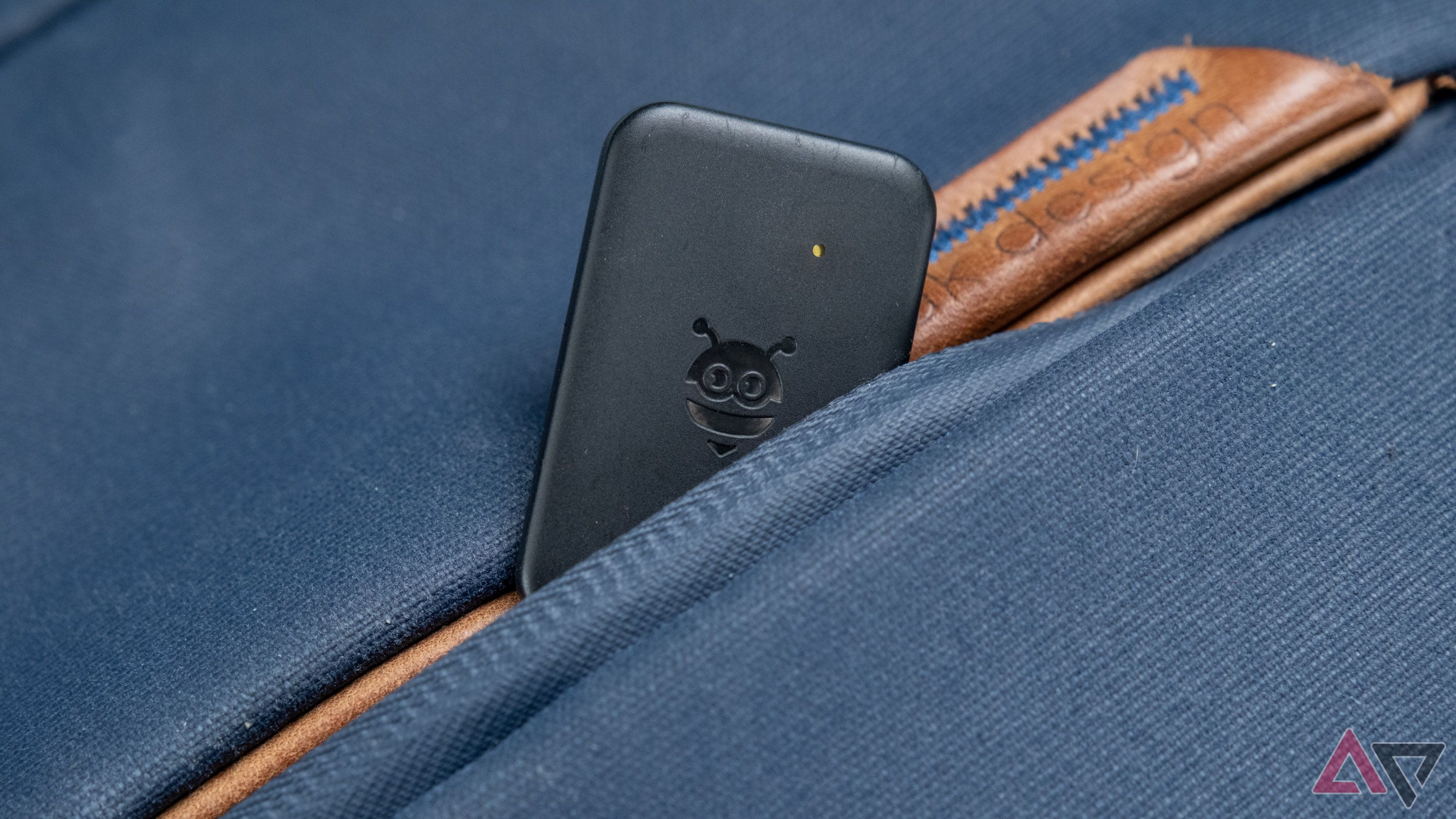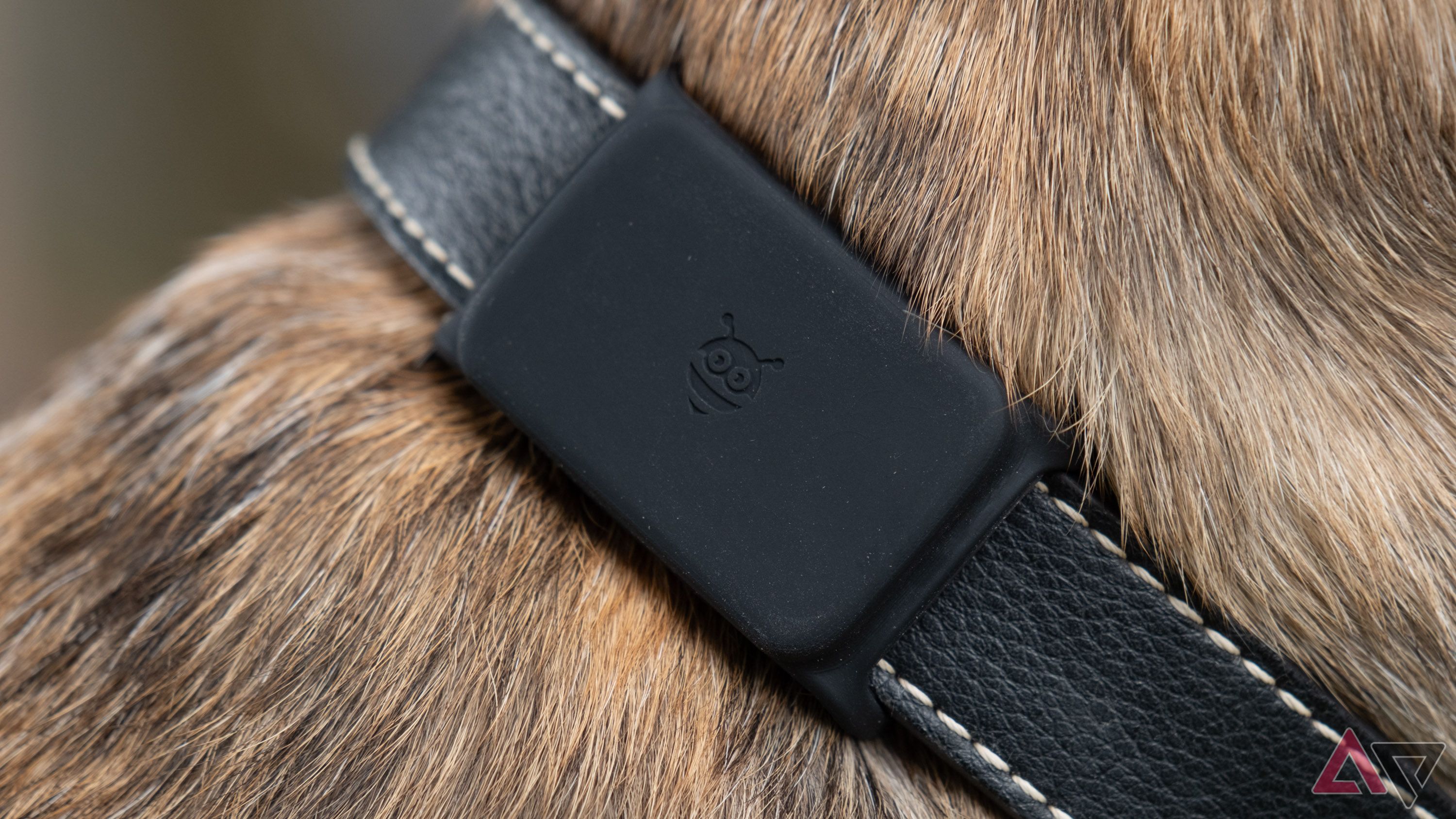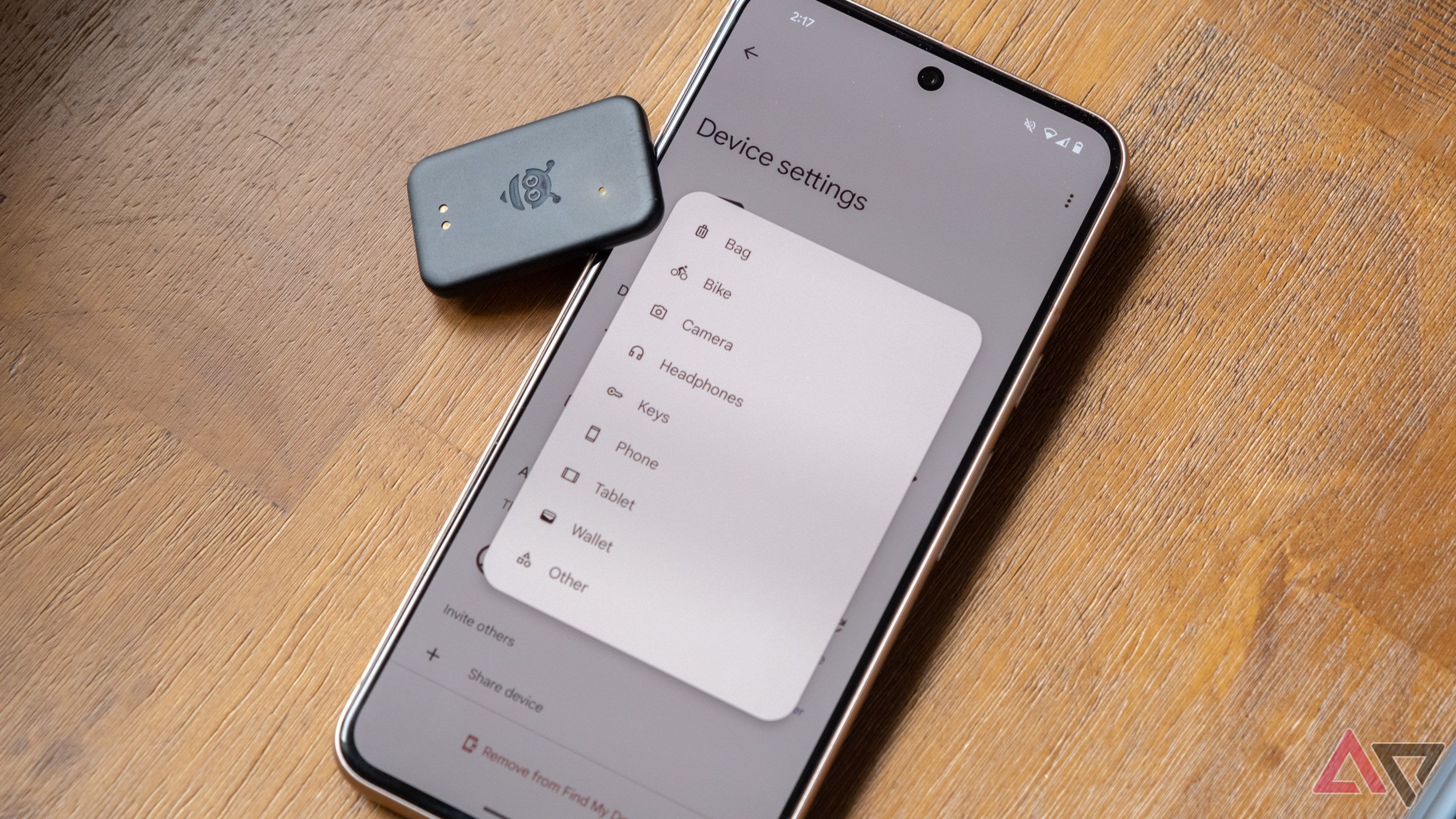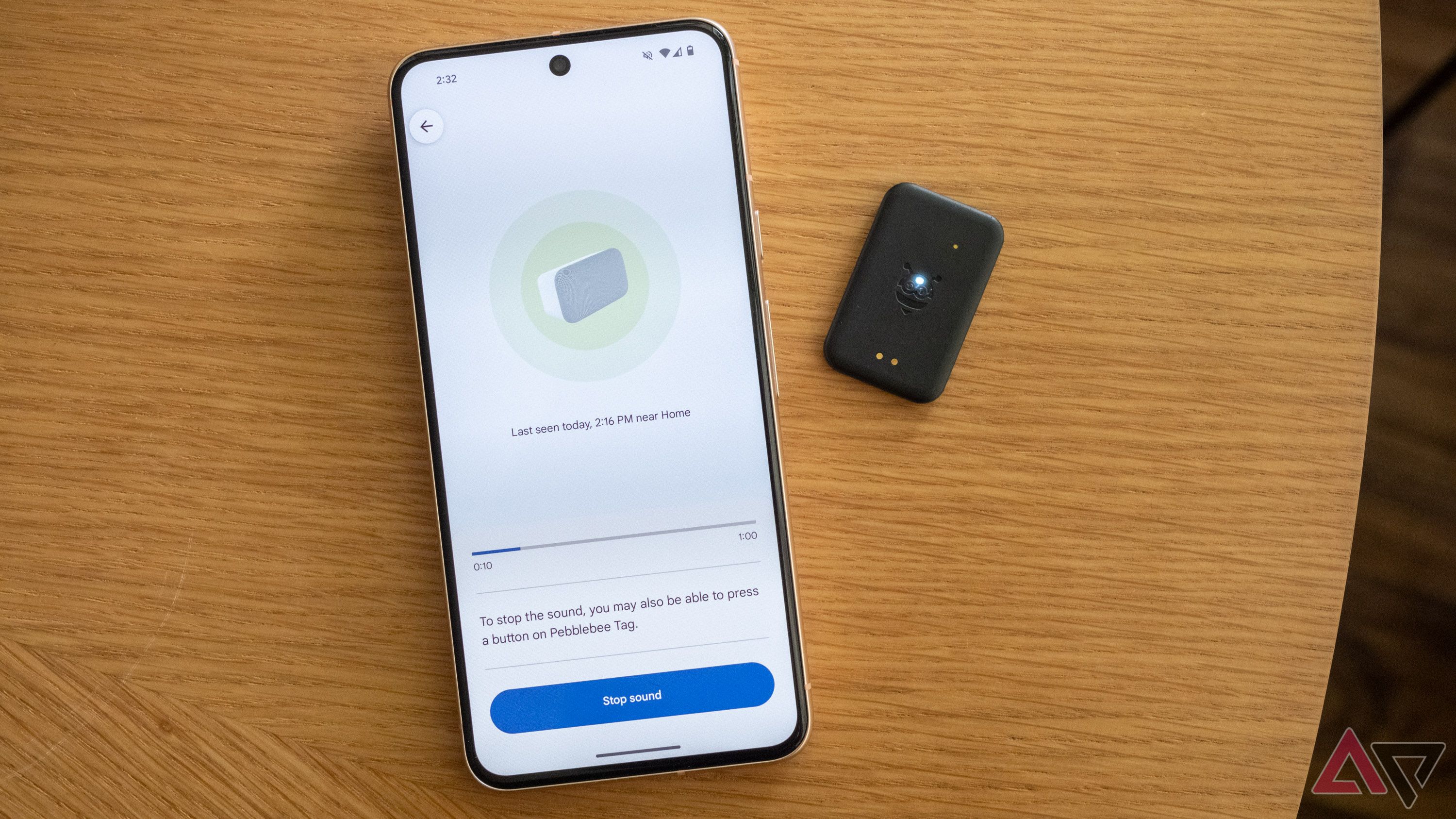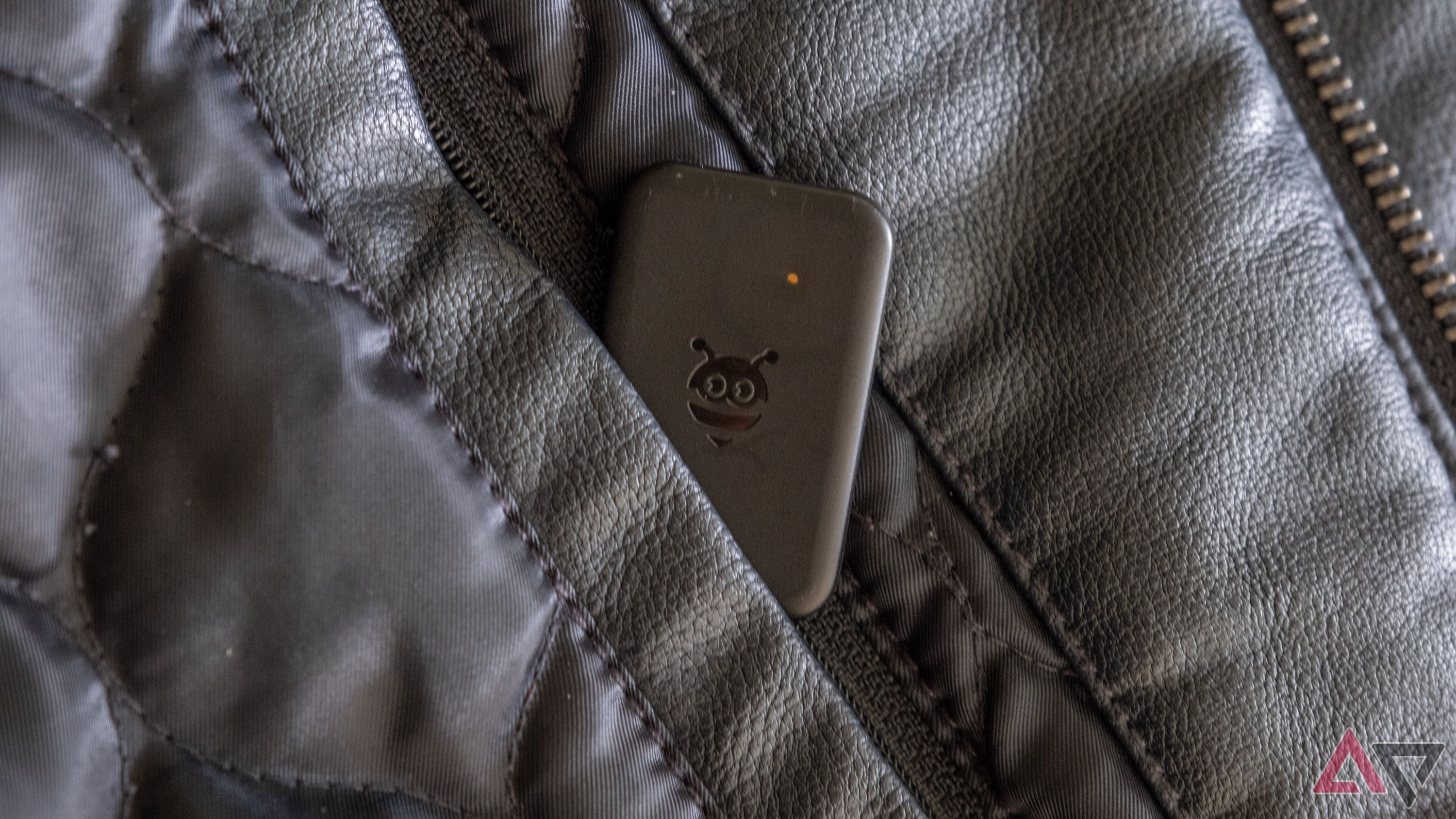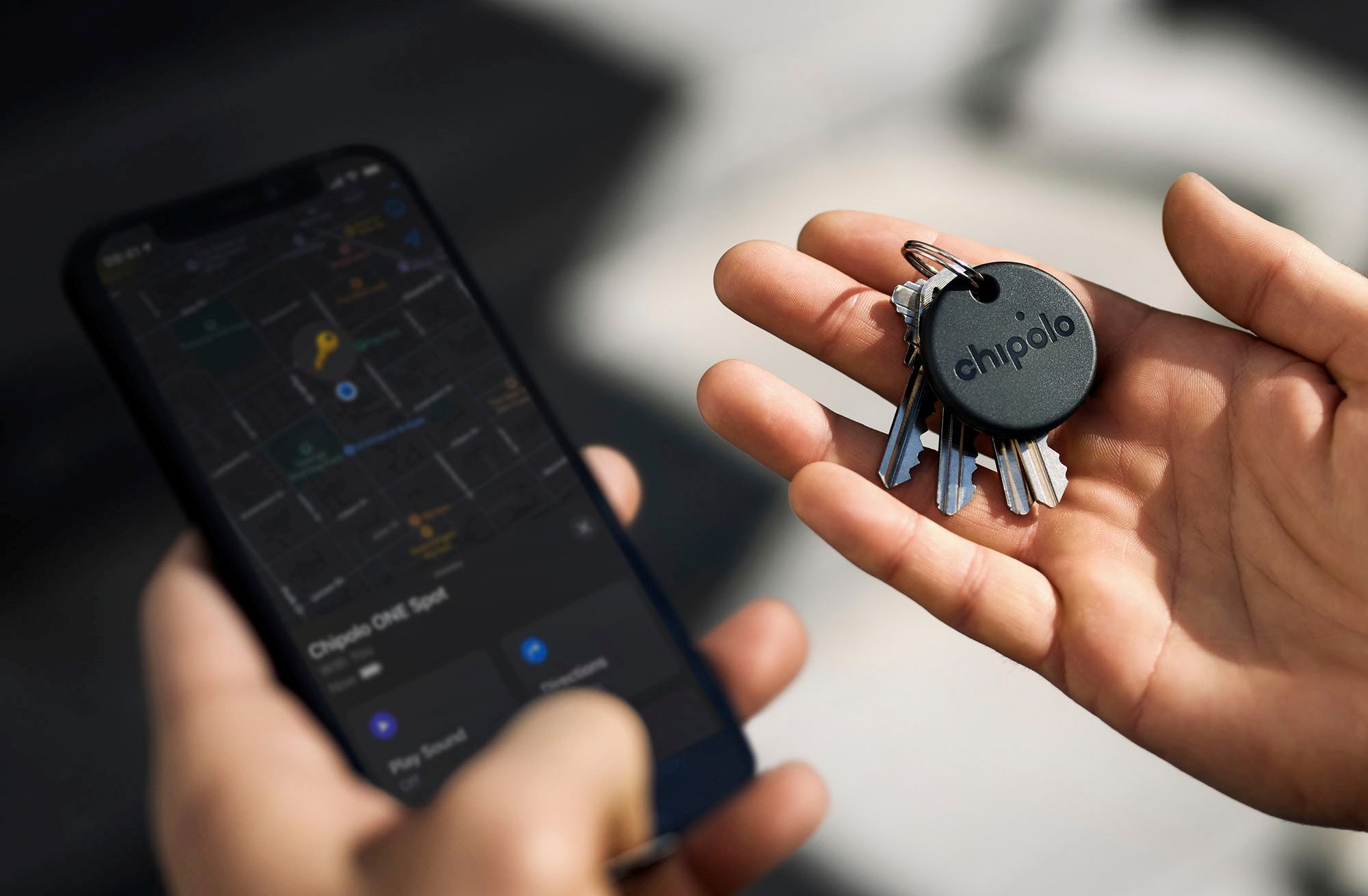Item trackers have never been great on Android. While iOS enjoys access to AirTags tracked by the ubiquitous, iPhone-powered Find My network, Android users have had to make do with less capable third-party solutions from companies like Tile. But thanks to Google’s new Find My Device network, we’re starting to see a new wave of item trackers backed by nearly every Android phone in circulation.
The Pebblebee Tag for Android is among the first trackers to use the Find My Device network. There’s a lot to like about it, but the way Find My Device works means that, depending on where you use it, the Tag might not be a very reliable way to track lost items.
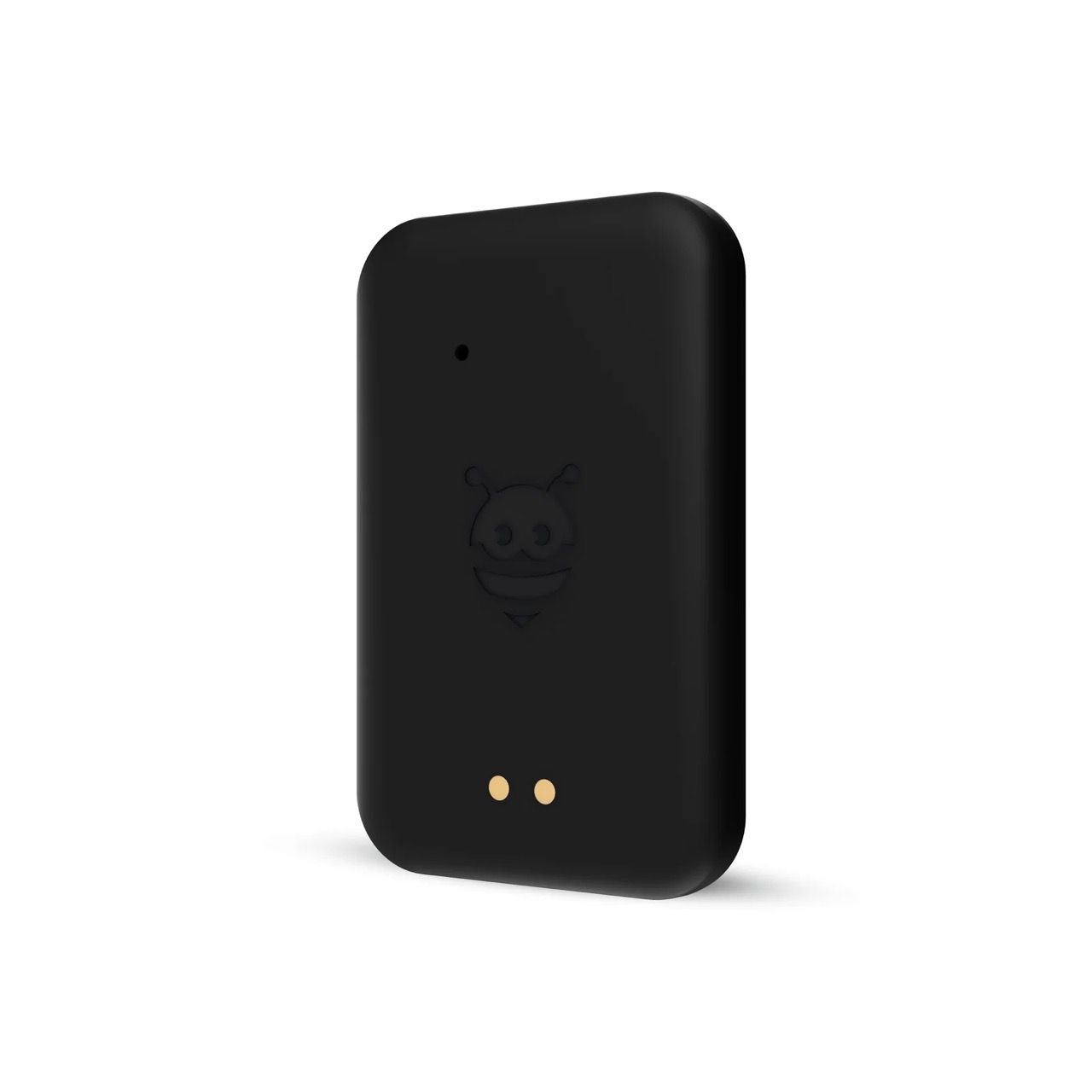
Pebblebee Tag for Android
The Pebblebee Tag for Android is one of the first trackers to support Google’s Find My Device network. The Tag is handy in several ways, but Find My Device might not be very useful for you.
- Rechargeable battery is nice
- Includes ways to attach tracker to items
- Made for Google’s Find My Device network
- Find My Device’s crowdsourced tracking doesn’t always work
Price, availability, and specifications
The Pebblebee Tag for Android is a new version of Pebblebee’s existing Tag tracker. The old model works with both Apple’s Find My network and the Pebblebee app to locate items; the for Android version uses the Pebblebee app and Google’s Find My Device network. (For simplicity’s sake, I won’t be specifying “for Android” throughout this whole review — if I say “Pebblebee Tag,” assume I mean the Android version.)
This version of the Pebblebee Tag costs $35, and as of writing, is only available for pre-order direct from Pebblebee. You can get a two-pack for $65 (a $5 savings), or a four-pack for $120 ($20 off versus individual pricing). Pebblebee says orders placed today are expected to ship within two to four weeks.
If you’re looking to pick one up, be careful: the tag version that works with Apple Find My is available at retailers like Amazon and Best Buy for $30, but that model doesn’t support the Android-powered Find My Device network. Be sure to double-check which model you’re buying.
Specifications
- Brand
- Pebblebee
- Material
- Plastic
- Connectivity
- Bluetooth
- Battery
- Rechargeable; up to 8 months per charge
- Range
- ‘Up to 300ft’
- Water Resistance
- IPX6
What’s good about the Pebblebee Tag?
Multipurpose and rechargeable
The Pebblebee Tag is a small plastic rectangle about as wide as a full-size SD card, but a bit longer and about twice as thick. The small size makes it easy to tuck away, and it comes with both an adhesive strip for sticking the tracker to things and a silicone sleeve meant to fit on a bag strap. It’s IPX6 certified, so while submerging it underwater could ruin it, it should be able to handle splashes and rain without any trouble. That all adds up to a tracker you can use in a lot of different ways.
It’s also rechargeable, which gives it a leg up on alternatives from companies like Tile or Chipolo. Pebblebee says the Tag’s battery can last up to eight months per charge. Rechargeable batteries tend to lose capacity over time, but I’m not really worried about that in the Tag. Even if its battery life dwindles over the years, I think charging once every six or four months is still preferable to buying disposable batteries, which typically need to be replaced about once per year in other trackers.
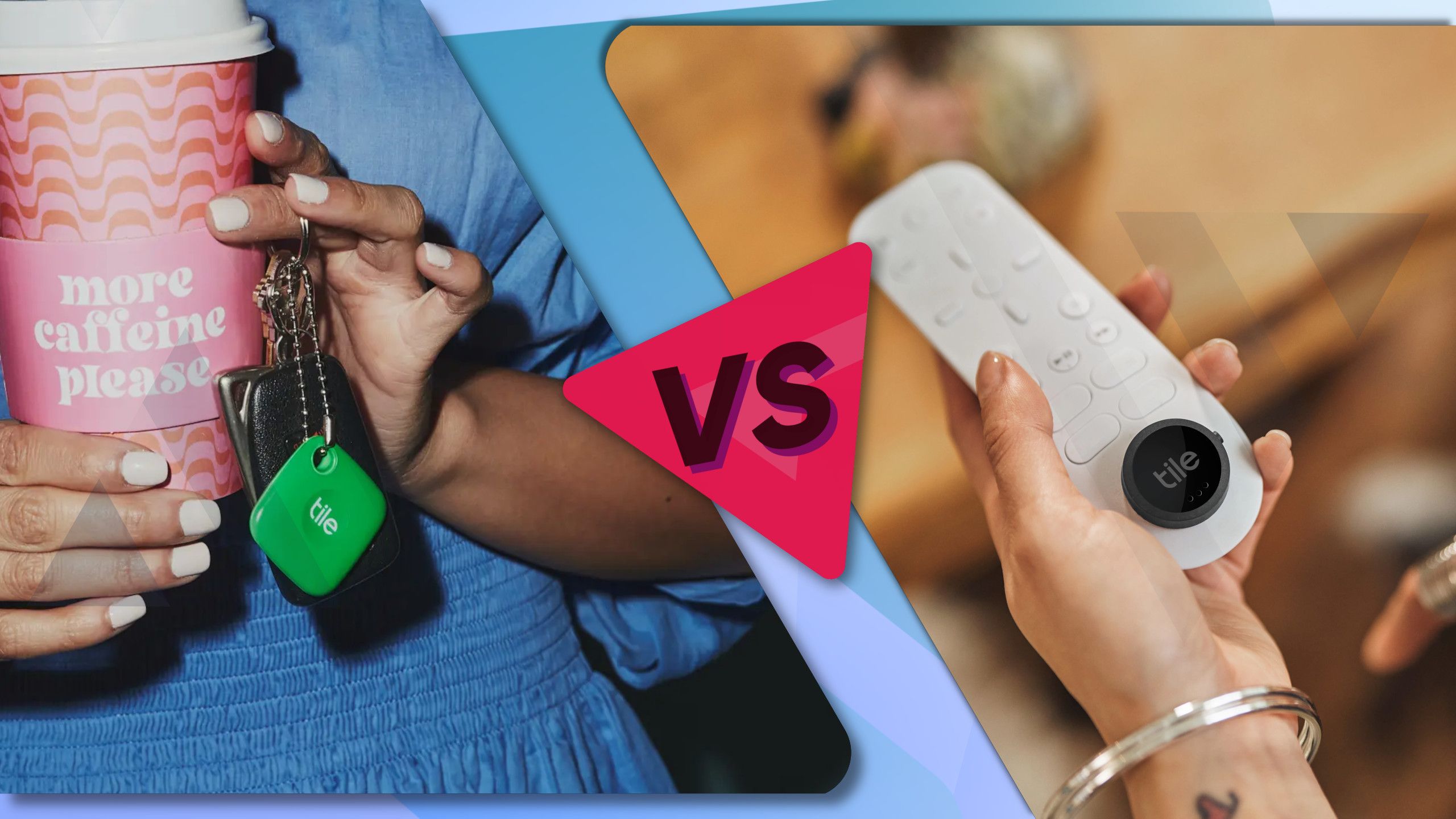
Tile Mate vs. Tile Sticker: Decoding the tiny smart trackers
Choosing the right Tile for your tracking needs
The Tag is among the first trackers to work with Google’s Find My Device network. On its face, that’s great: Apple’s AirTag trackers might be the thing I’m most jealous of as an Android user, and I was really excited at the idea of getting a similar crowdsourced location tracking experience without having to buy an iPhone.
Find My Device can show your tracker’s last known location on a map and can make your nearby trackers play a sound so you can find your wallet or keys in the couch cushions. There’s also the option to share the Tag with others, giving them access to its location in the Find My Device app on their own phones. That’s all handy. But Find My Device’s marquee feature — crowdsourced location tracking, backed by the majority of Android phones in use today — just won’t work all that well in a lot of situations.
What’s bad about the Pebblebee Tag?
Find My Device isn’t all that useful
The Find My Device network uses anonymized location data from Android phones to help users locate their compatible devices, including trackers like the Pebblebee Tag. Participation in the network is the default on phones running Android 9 or higher — which means all but the oldest devices are in on it. Knowing that, I assumed it would be pretty robust.
But while basically every Android phone is now participating in the Find My Device network, by default, that participation is only in the aggregate. According to Google, your tracker’s location is only updated once “multiple” Android phones have connected to it. Once that happens, those devices’ locations at the times they connected to the tracker are averaged to give you the tracker’s approximate location.
That makes sense as a default behavior. You have the option, deep in your phone’s settings, to let lost items use just your phone to update their location on Find My Device, but enabling that behavior could potentially reveal your location to a stranger.
Because the Pebblebee Tag and trackers like it only connect to nearby devices periodically, depending on where your tracker is, people using default Find My Device settings might not be near it long enough to help update its location in the Find My Device app. This can be frustrating.
To test Find My Device on the Tag, I “lost” it downtown in my small city, stashing it between a relatively busy sidewalk and an area with outdoor seating. I left the Tag around nine in the morning and… didn’t get an update about its location all day.
Around six that evening, I went back to get it, leaving my usual phone behind. Before I picked it up, I sat near where I left the Tag for about 10 minutes, with a different Android phone signed into a different Google account. Several other people were seated within range, too. Still, the Tag’s location didn’t update in the Find My Device app again until it had been near my typical phone and signed into my typical Google account for a few minutes.
Before I retrieved the Tag, its last location update happened a few minutes before I dropped it, in a coffee shop about a block away from where it ended up sitting all day. If I’d actually lost something in this case, Find My Device wouldn’t have been able to get me near enough to it to find it. It’s possible, and maybe even likely, that the location would have been updated if I left it on a busier day or let it sit there longer, but if something’s important enough to track, you probably won’t want to wait more than a day to know where it is.
Of course, the Tag should work better in more densely populated spaces. If I’d left it in an airport, a bar, or a park in a major city, I imagine there would’ve been enough Android phones near it for long enough to get an update about its location within the nine-hour time frame I gave my test. Still, it’s not like I dropped the thing in the woods; it was between a well-trafficked footpath and a bunch of benches and tables. There were half a dozen people sitting nearby when I retrieved the Tag.
Should you buy it?
The Pebblebee Tag is useful despite my disappointing early experience with Find My Device’s crowdsourced location tracking. Attached to something you tend to lose track of at home, it can make noise on demand — and as someone who constantly loses small items at home, that’s pretty appealing. Pebblebee’s Clip and Card trackers, built for keychains and wallets, might be more useful there, though.
Another benefit I don’t want to overlook is that the Tag should give you a rough idea of when you were last near whatever it’s attached to. Even if it’s not an exact location, this could help you find a lost item.
But Find My Device is the reason this version of the Tag exists. You can also use it with Pebblebee’s own app, but the older, less expensive model made to work with Apple’s Find My also supports the Pebblebee app on iOS or Android. If you don’t want to use Find My Device, there’s no reason to buy the Pebblebee Tag for Android.
That leads me back to the point that the Find My Device network just isn’t as broadly helpful as I hoped it would be outside of high-traffic areas. And by “high-traffic areas,” I mean places where multiple people carrying Android phones with Bluetooth and location services enabled will be near the Tag long enough to connect to it so Find My Device can update its map. If there aren’t enough people around, or if those people are carrying iPhones, you’re out of luck.
Still, if you’re mostly looking for an item tracker to help find things around the house or as a safeguard against losing your carry-on at the airport, the Pebblebee Tag might be for you. Just keep your expectations about the Find My Device network in check.

Pebblebee Tag for Android
The Pebblebee Tag for Android is one of the first trackers to support Google’s Find My Device network. The Tag is handy in several ways, but Find My Device might not be very useful for you.




